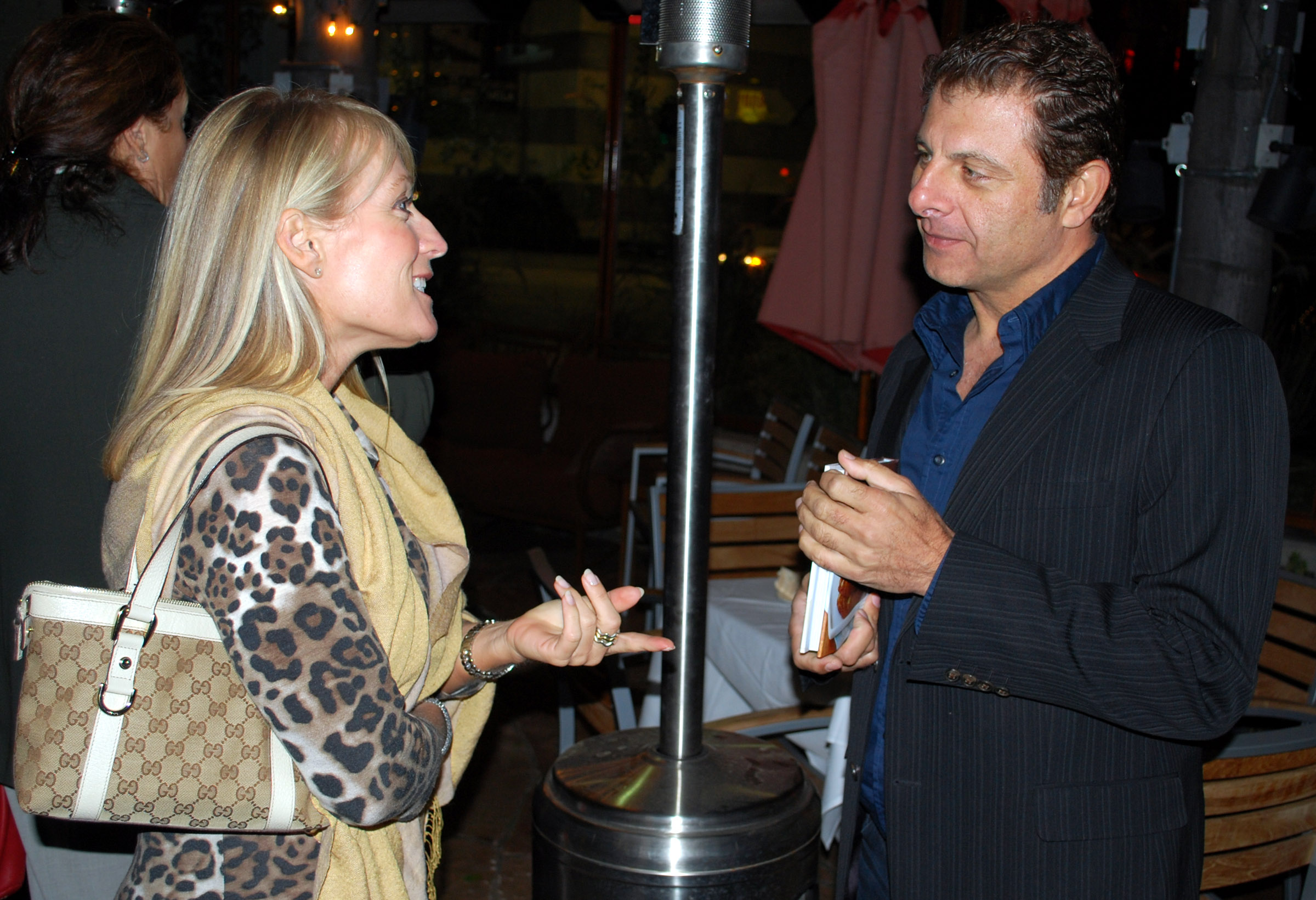Contents:


Because this pattern is considered confirmation of another two candlestick pattern, no confirmation is really needed. However, if market forces seem to indicate further downward movement, you can wait for confirmation on the fourth trading day. This candlestick pattern is also a three-candle reversal pattern. Commonly found at the end of a bullish trend, this candlestick pattern indicates a bearish reversal. Similar to the three outside up, the second candle is an engulfing candle. The first candle is green and the other two candles are red candles.
Technical Classroom: How to read Three Outside Up & Three Outside Down candle stick patterns – Moneycontrol
Technical Classroom: How to read Three Outside Up & Three Outside Down candle stick patterns.
Posted: Sun, 11 Nov 2018 08:00:00 GMT [source]
We will also find examples of these patterns in candlestick charts. The bullish sample signals a potential worth reversal to the upside, while the bearish sample alerts a possible value reversal to the downside. But other previous day’s clues may enter into a traders evaluation.
Types of Candlestick Patterns:
On the next day, the second day’s bullish candle’s low indicates a support level. A doji is usually a comparatively quick candlestick with no actual body, or little or no real physique. It signifies that the opening and closing prices for the period were at the very same degree or very close collectively.
This pattern is an extension of the two-line bearish engulfing pattern. The close price of the Day 3 candlestick is higher than the open price of Day 2 candlestick. The close price of the Day 2 candlestick is higher than the open price of Day 1 candlestick.

Generally, the market rises slightly compared to the previous trading day and increases marginally before crashing like a shooting star. This candlestick pattern of indecision is formed when the opening and closing prices are almost similar. It forms when both the bullish and bearish trends are fighting to take control of the prices, but nobody succeeds in taking complete control. This pattern looks like a cross and has a small real body and long shadows. This multi-candlestick pattern forms after an upward trend that indicates a bearish reversal.
Three Outside Up Candlestick Pattern
During the 1700s, a Japanese man named Homma found a way to link the demand-supply of rice with the three outside candlestick pattern. He also witnessed that the emotions of traders highly influenced markets. A daily candle chart shows the security’s open, highs, lows, and closing prices for the day. The candlesticks’ wide or rectangle part is known as the ‘real body’ that shows the link between the opening and closing prices. This shows the price ranges between the opening and closing that day’s trading.
The candlestick pattern is important as it showcases to traders that the bullish market still does not have enough power for a reversal. This multiple candlestick pattern forms post an upward trend that indicates a bearish reversal. These candlesticks are made of three long bearish bodies that do not have long shadows and are opened within the real body of the previous candle. If so, you should be watching for the three outside down candlestick pattern.
It occurs at the support and resistance levels of the market, where the bulls and bears battle each other to try to push the price in their favor. The candlesticks are depicted with long lower shadows and longer upper wicks. The long wicks showcase a large amount of movement in price during the given period.
Traders need to be cautious about their long-term positions when these patterns form. This multi-candle chart pattern consists of two candlesticks – the first one being a tall bearish one, the second being a small bullish one that is in range of the first one. The first candlestick shows a continuation of the bearish trend, while the second shows that the bulls are back in the market. A bearish reversal candlestick pattern generated towards the end of an upswing is known as the Tweezer Top. When the starting and closing prices are close to each other, this pattern is generated, and the upper shadow should be more than double the size of the real body.
Bullish Harami
Stock Trading is business, the success depends not just on capital or subscribing advisory services or participating workshops. However, the doji is less significant if there are already numerous doji within the present trend. Just write the bank account number and sign in the application form to authorise your bank to make payment in case of allotment.

These varieties of the three outside patterns aim to read near-term changes in trader sentiment by leveraging the market’s psychology. At the formation of this candle, the buyers should be caution and close their buying position. At the formation of this candle, the sellers should be caution and close their shorting position. By itself, Doji may be useful but gains importance if it appears during a prevailing trend. There are two modifications to Doji – Dragonfly and Gravestone Doji.
Bullish reversal candlestick patterns signal that the current slump is about to turn upwards. The small bullish candlestick found at the top is the last bullish candle after which the bearish reversal starts. Once the trader decides to do the trading, the trader must confirm the pattern first. This candlestick pattern is a three-candlestick bullish reversal pattern. This pattern indicates the end of the prevailing trend from an existing bearish trend. For this pattern to be considered successful, it is highly essential for the third bearish candle to close below the second bearish engulfing candle.
- The Tweezer Bottom candlestick pattern forms at the end of the downward trend and is made up of two candlesticks – the first one being bearish and the second one being bullish.
- The bullish sample signals a potential worth reversal to the upside, while the bearish sample alerts a possible value reversal to the downside.
- Finally, the second candle opens ‘gap up,’ indicating the bulls’ attempt to push prices farther higher.
The first and second candlesticks should have a harami candlestick pattern. The pattern forms when the closing and opening prices are closer to each other, and the upper shadow is longer than twice the real body. Three Outside Down Candlestick Chart Pattern is a bearish trend reversal pattern of strong reliability.
The first lengthy black candle is followed by a white candle that opens decrease than the earlier shut. Soon thereafter, the shopping for strain pushes the worth up halfway or more (ideally two-thirds of the way) into the true body of the black candle. Doji and spinning prime candles are fairly generally seen as a part of bigger patterns, such as the star formations. A doji is a name for a session in which the candlestick for a safety has an open and close which are nearly equal and are sometimes elements in patterns. Doji candlesticks look like a cross, inverted cross or plus sign.
Due to this the bulls step into action and move the price upwards. It consists of two candlesticks, the first one being bearish and the second one being bullish candlestick. The thin vertical lines above and below the real body is knowns as the wicks or shadows which represents the high and low prices of the trading session. This may be both a bullish or a bearish trend reversal, depending on the place the doji seems on the worth chart. There are at least seventy-five candlestick patterns with formal names. It updates every trading day after the market closes and displays possible trends in the following sessions.
The third bullish candle indicates that the bulls have re-entered the market and that a reversal is imminent. The second candlestick is a long bullish candle that totally engulfs the first and signals the return of the bulls to the market. A bullish or green candle represents strength, while a bearish or red candle represents weakness.
Triple candlestick patterns: Understand Three Outside up and Three Outside Down Candlestick Patterns
All intellectual property rights are reserved by the providers and/or the exchange providing the data contained in this website. Prices of cryptocurrencies are extremely volatile and may be affected by external factors such as financial, regulatory or political events. I, Vishnu Deekonda, am dedicated to providing the proper financial education to every individual interested in becoming financially independent through intelligent investments. Although the textbook definition of a pattern specifies specific criteria, it is important to note that minor deviations in the pattern may occur based on market conditions. The three outside-down patterns has some features which separate them from other patterns.
A gravestone doji is a bearish reversal candlestick sample that’s shaped when the open, low, and closing prices are all near each other with a long upper shadow. The first candlestick is an extended down candle which indicates that the sellers are in control. The Morning Star pattern is another multiple candlestick chart that is formed post a downward trend, indicating a bullish reversal. Made of 3 candlesticks – the first one is bearish, the second a Doji, and the third a bullish one. The first candle showcases the downward trend continuation, while the second one indicates indecision in the market. The third bullish candle shows that the bulls are back to reverse the market.
This pattern is a three day candlestick pattern or one can say it takes three days for this pattern to be formed. If see deeply into the pattern, its a further extension of Bearish Engulfing Candlestick pattern or its a confirmation of Bullish Engulfing Pattern. The Bearish Harami pattern is a multi-candle one that forms after an upward trend that indicates a bearish reversal. It is made of two candlesticks – the first being a bullish one and the second a small bearish candle that is in the range of the first candlestick. The first bullish candle showcases the bullish continuation, and the second shows that the bears are back in the market.
- The power of this sample is elevated by the dimensions of the engulfing candlestick.
- A gravestone doji is a bearish reversal candlestick pattern that is formed when the open, low, and closing prices are all near each other with a long upper shadow.
- The gap is the distance between two candlesticks’ high and low points.
- At this point, the buying interest completely loses steam and the bears enter the market.
- The long wicks showcase a large amount of movement in price during the given period.
A doji is normally a relatively short candlestick with no actual body, or little or no actual physique. Each candlestick also needs to shut progressively downward to ascertain a brand new near-term low. The pattern indicates a powerful value reversal from a bull market to a bear market. The candlestick pattern screener allows you to customise based on your preference and trading strategies. Consider practical examples of a candlestick pattern screener and its effect on investment decisions. Below is a list of patterns available on a candlestick pattern scanner.
Unique Three River – Technical Analysis – Investopedia
Unique Three River – Technical Analysis.
Posted: Tue, 07 Nov 2017 17:44:37 GMT [source]
The second candle must be long but a white candle and must close towards the close of the first candle. There could be minor variations to the patterns depending on the market situation. In this case, Before you start carrying out trades with an electronic system. You should examine the principles and requirements of the stock exchange. Yet, without responsibility and without particular suggestions for action. Besides, It does not include and cannot replace investment advice.
The hanging man seems close to the highest of an uptrend, and so do shooting stars. The difference is that the small actual physique of a dangling man is close to the top of the complete candlestick, and it has a protracted lower shadow. The Three White Solder Pattern involves three green candles with small wicks.
In this chart, we can see that the three outside down pattern has given a lot of profit to the trader. It may or may not happen in other cases, but a valid three outside pattern is good for trade. The short or sell position should be taken just below the low of the third candle. The market must be uptrend for a three outside down pattern to appear.
